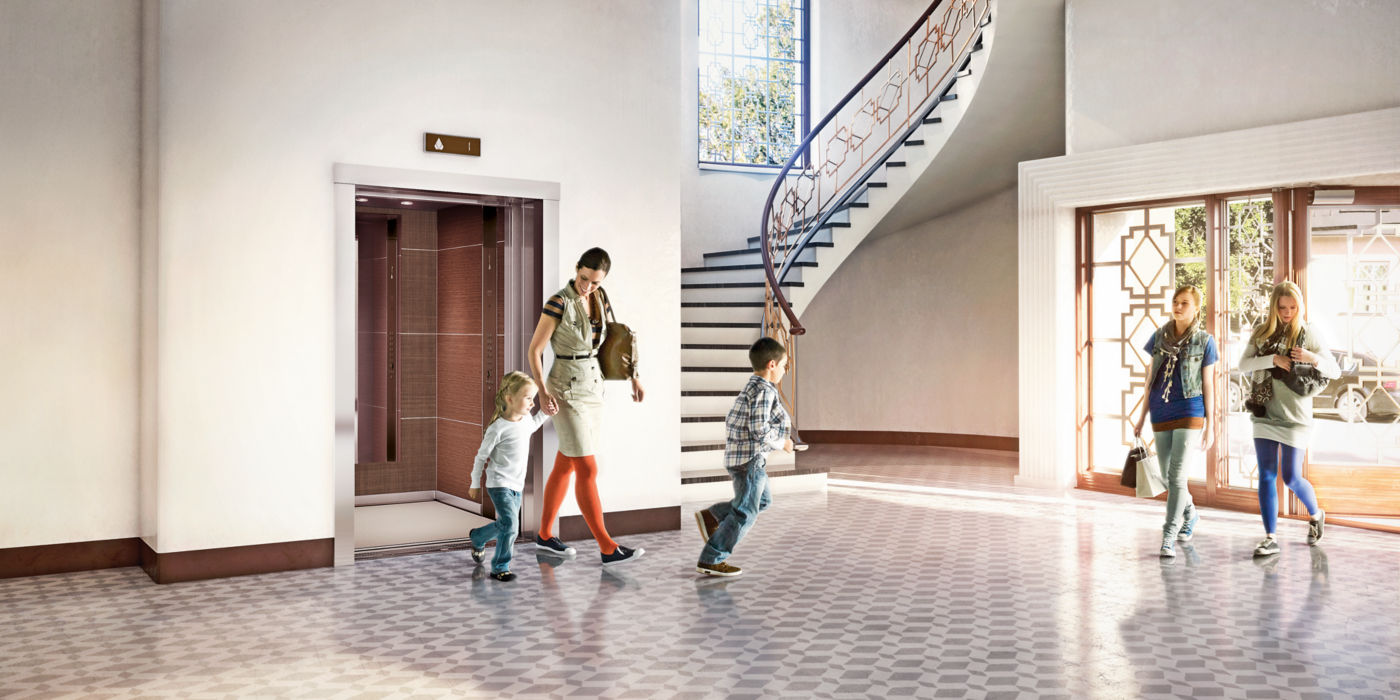Traction elevators are an excellent choice for a wide range of buildings, offering speed, efficiency, and reliability. They feature numerous advantages over traditional hydraulic elevators even in two-story buildings.
How Do Traction Elevators Work?
Traction elevators use ropes and a counterweight system to balance the elevator car, which leads to much higher energy efficiency. The ropes are attached to both the car and counterweight, and they pass over a sheave at the top of the elevator shaft. An electric motor drives the sheave, moving the ropes to lift or lower the car.
Traction Elevator Advantages
Unlike hydraulic elevators that are often only suited for low- to mid-rise buildings, traction elevators are highly versatile, suitable for low-rise, mid-rise, and high-rise buildings. Their design allows for adaptability in various architectural styles and building requirements.
Enhanced Elevator Speed and Capacity
Traction elevators are capable of higher speeds and handling more weight, making them suitable for buildings of all sizes. This feature is particularly beneficial in settings where efficient movement of people is crucial, regardless of the building's height.
Reduced Maintenance and Operational Costs
Traction elevators are designed to be low-maintenance and space-efficient. They do not require extensive machine rooms or oil reservoirs, thus minimizing space usage and environmental concerns. This makes them a practical choice for buildings where space and sustainability are priorities.
Superior Ride Quality and Safety
The design of traction elevators provides a smoother and quieter experience. They are equipped with advanced safety features, ensuring reliability and comfort for users in various building types.
KONE is the Leader in High Efficiency, Machine Room-less Traction Elevators
Traction elevators offer flexibility, efficiency, and durability, making them a suitable choice for a wide range of buildings. Contact us for a consultation and learn how our range of traction elevator solutions can meet your building's specific needs.
